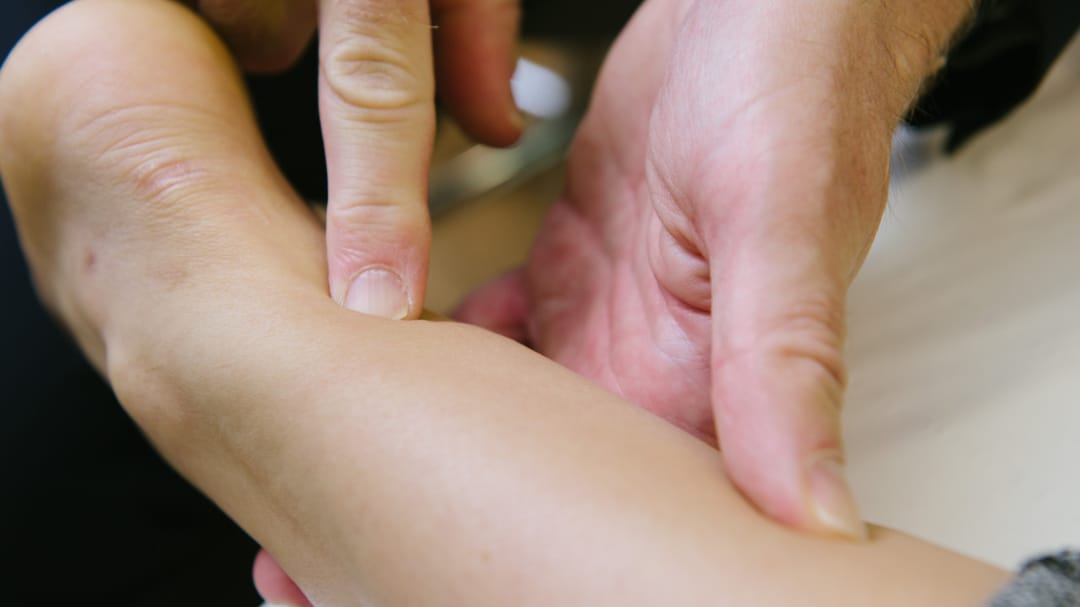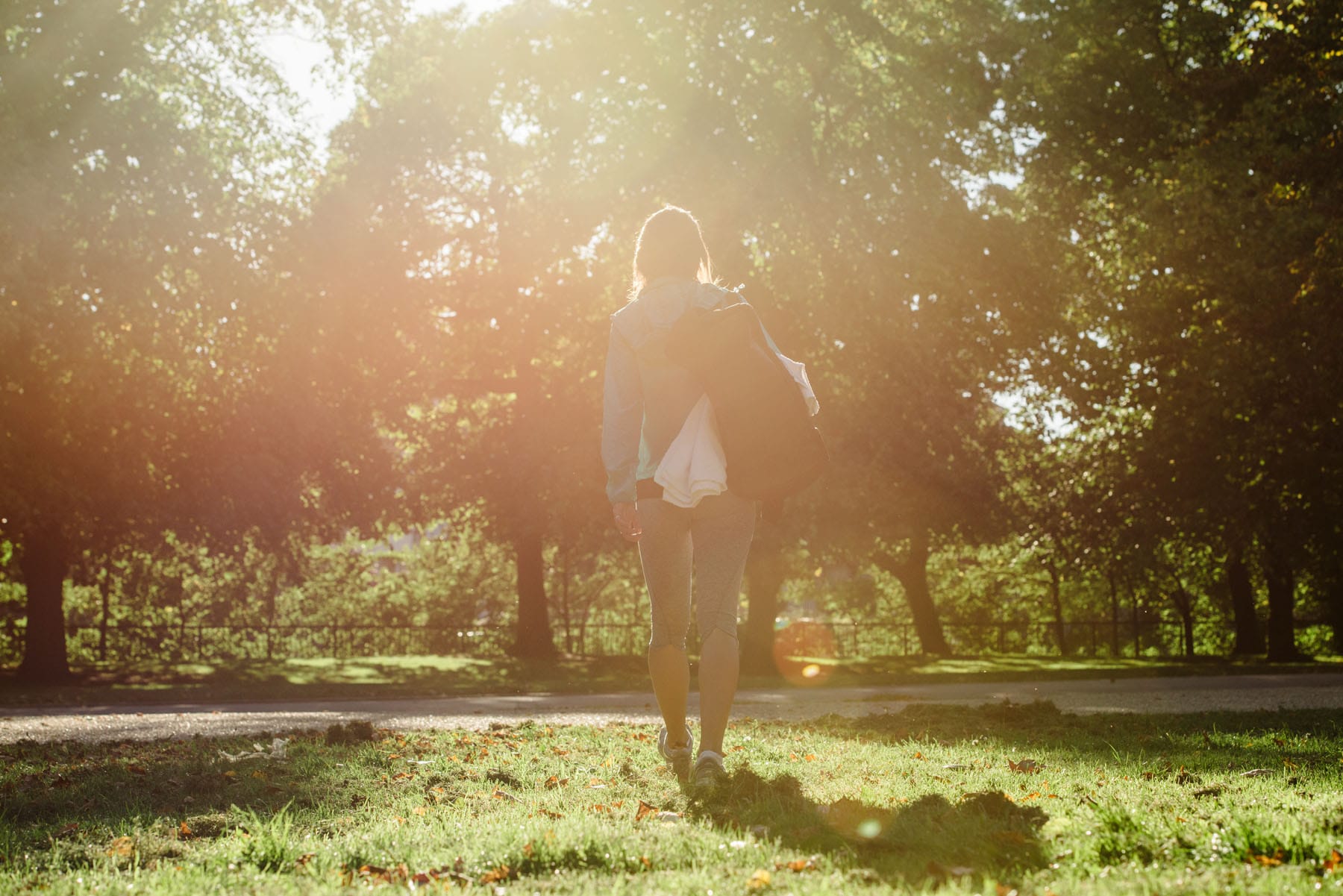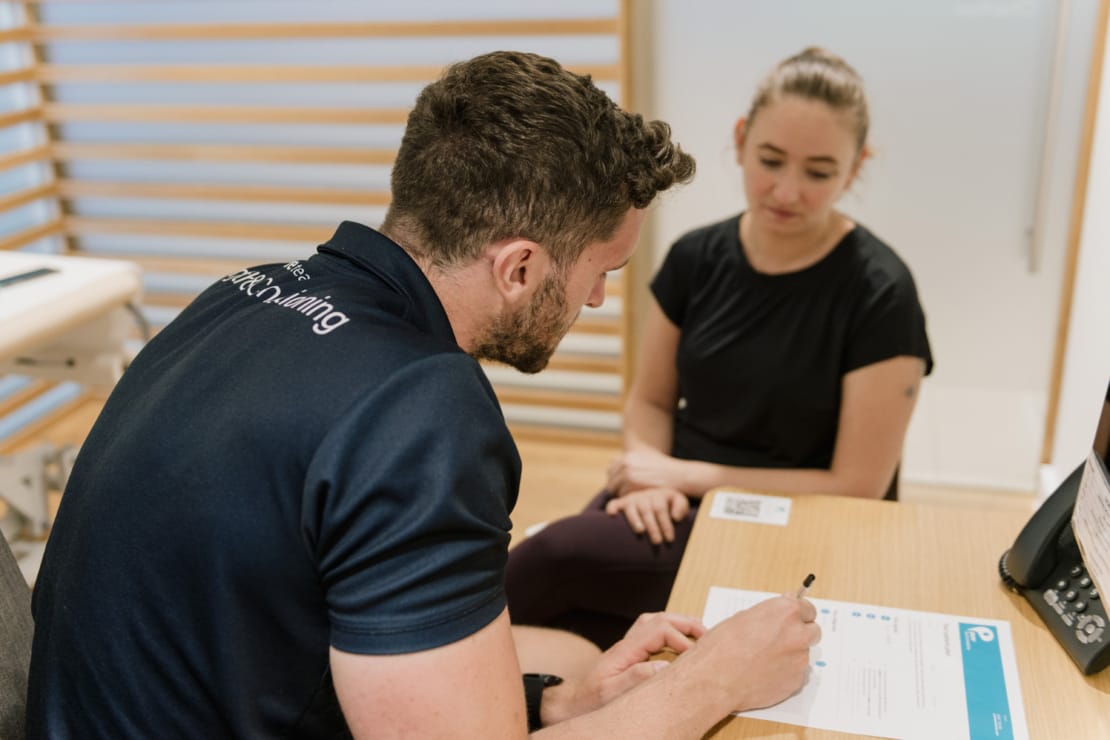Scoliosis: Causes, Symptoms, and Treatment Options
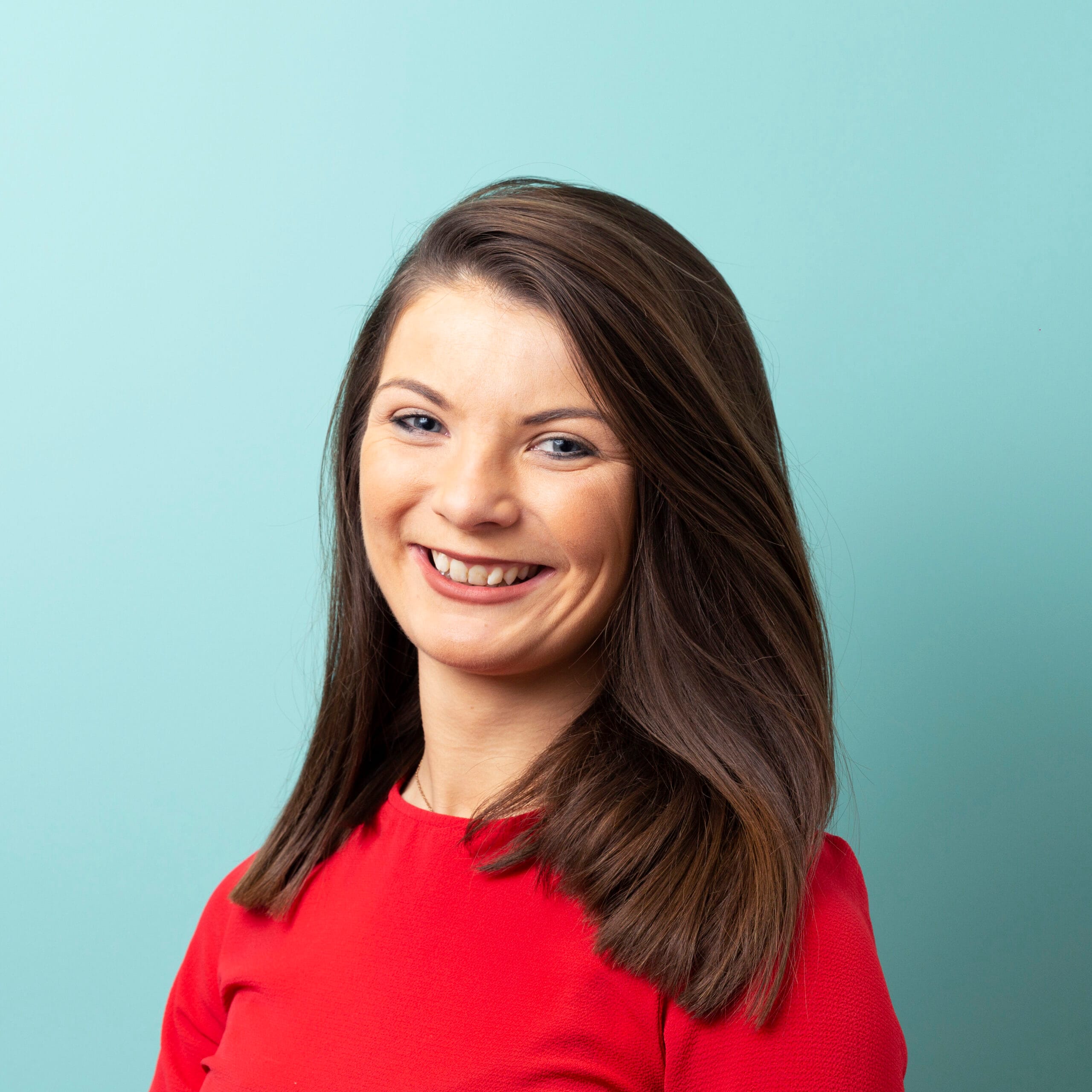
Aisling Freir
Head of Women’s Health & Specialist Pelvic MSK Physiotherapist
- 26 March, 2020
- Physiotherapy
- Podiatry
- 4 min read
Scoliosis: Causes, Symptoms, and Treatment Options
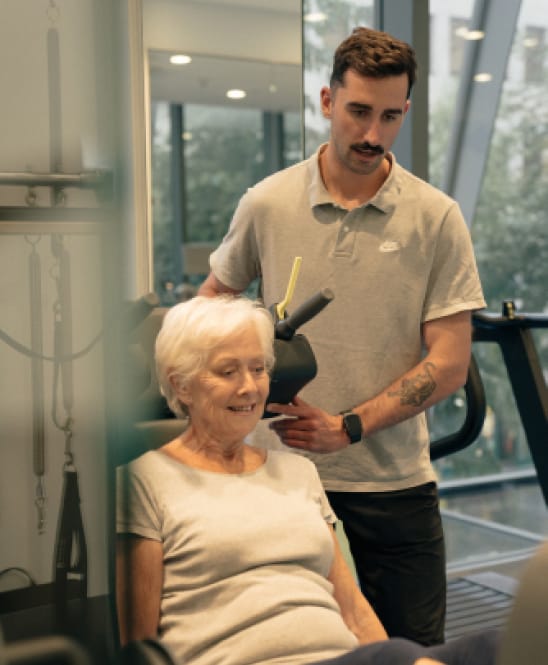
Everyone’s spine has natural curves in the neck/lower back (lordosis) or in the upper back (kyphosis). Sometimes these curves can be more distorted causing scoliosis, a structural lateral curvature of the spine.
Often it goes undiagnosed as it can be very mild in people and is not noticed as a teenager. The most common type develops in adolescence as a person goes through their growth spurt, with people reporting a rapid change almost overnight.
Main types of Scoliosis include:
- Congenital (from birth)
- Early onset (before 10 years old)
- Adolescent Idiopathic scoliosis (occurs during teenage years when the spine rotates and laterally deviates)
- Degenerative Scoliosis (may develop from wear and tear over 50 years old, as a result of repetitive microtrauma over many years)
- Neuromuscular Scoliosis, Syndromic Scoliosis and Scheuermann’s kyphosis.
Risk factors
Often the cause of Scoliosis is unknown however Scoliosis is often more common in women than men at the ratio of 7:1. There is a genetic predisposition from mother to daughter. In neuromuscular scoliosis, scoliosis is secondary to another comorbidity.
How can we see this?
- Often one shoulder is higher than the other.
- One shoulder blade is more prominent than the other (a medical term we call ‘winging of scapula’), this is due to a weakness of the subscapular muscle holding the shoulder blade to the chest wall.
- One hip is more prominent than the other (i.e. higher on one side/pelvis is rotated further forward on one side).
Often it is hard for the naked eye to spot this unless the curve is more sever or someone is aware of a family history. From clinical experience we begin to spot these curvatures quite easily. Outside of the clinic it is picked up on by dance teachers, swim coaches, school nurses and of course, parents.
What do we do if we notice something?
Idiopathic Scoliosis is often noticed on observation. Adam’s bend is a specific test when a person bends forward. If they have a rib hump on one side, it can be a sign of scoliosis and often will warrant further investigation. Investigations such as full spinal x-ray are often a definite way to diagnose scoliosis.
The course of treatment will be determined by the degree of the curvature
- A – If the curve is less than 30 degrees a physiotherapy management and monitoring of the curve as the teenager grows will occur to see the next point of action.
- B – Bracing during a growth spurt and physiotherapy can be used to manage a curve which is less than 45-50 degrees.
- C – When the curve is symptomatic and more than 50 degrees a surgical intervention may be the last resort.
Early Detection/Adult Physiotherapy Management
Early detection in Adolescent Idiopathic Scoliosis (AIS) is imperative to help prevent progression of the curve and allow for the muscles to develop the strength and length, alongside a formal physiotherapy/rehab programme, to catch up.
A systematic review published in 2011 by Frusco et al showed a decrease in Cobb angle (degree of the curve) in teenagers who did physical exercise compared to a control group who did not over the period of 6 months. Exercises were also effective in reducing brace prescription.
As for adults, physiotherapy will not change the degree of the curve as full skeletal maturity has been reached. However, physiotherapy can help to best manage with pain and functional limitation while avoiding surgery at this stage.
Post-op Physiotherapy and what we do
During adolescence we can become more aware of our appearance and that makes spinal surgery difficult for managing our mental health. In some cases, we can be severely affected by body dysmorphia. Other side effects such as gastrointestinal issues can lead to social isolation in some cases. Muscles and organs must relearn a new position and it is important to retrain flexibility, strength, endurance and of course proprioception so these muscles can learn their new role.
Post op, and indeed anytime during adolescence, it is important to begin healthy lifestyle habits of exercise that teenagers can continue throughout their life. Excellent forms of exercise to build strength and mobility while being low impact on the body include modified Pilates, yoga, gym work, TRX, indoor rock climbing and hiking.
Swimming has been traditionally highly recommended for adolescents with scoliosis. As it is a non-weight bearing form of exercise and can encourage improved flexibility/strength and cardiovascular endurance.
Hiking
Hiking with walking poles is an excellent opportunity for our teenagers to get out in the fresh air, in a group, working on improving cardiovascular endurance, mental health, core strength, scapular endurance, balance and lower limb endurance; however, before getting those walking boots on, be sure to discuss this with your treating clinician to advise you further.
As a physio working in private practice, I have historically seen Adolescent Idiopathic Scoliosis and degenerative scoliosis. Adolescent Idiopathic Scoliosis accounts for 80% of cases. In 2018, I was lucky enough to be part of a team of four Doctors, twelve teenagers, some accompanied by parents, and other helpers who climbed Kilimanjaro, the peak of Africa. Most of these teenagers had undergone physiotherapy and/or spinal surgery in the past 18 months. We trained over the course of 8 months, hiking many mountain ranges in Ireland and completing an adjacent strength programme during training to ensure we were prepared for the climb.
So, if you are suffering from pain due to scoliosis, feel that you want to get yourself or a loved one assessed please don’t hesitate to contact me in Pure Sports Medicine, Kensington.
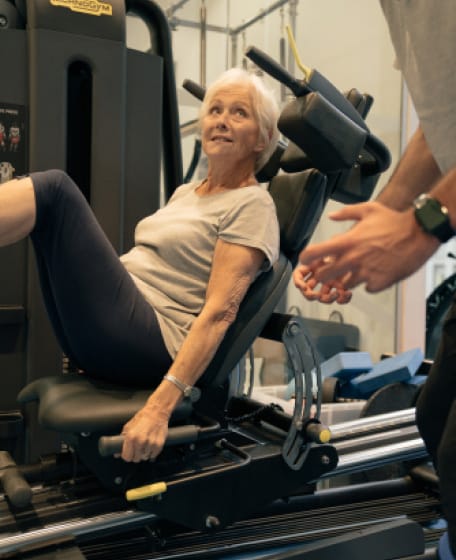
Advice
Over the last 20+ years our experts have helped more than 100,000 patients, but we don’t stop there. We also like to share our knowledge and insight to help people lead healthier lives, and here you will find our extensive library of advice on a variety of topics to help you do the same.
OUR ADVICE HUBS See all Advice Hubs